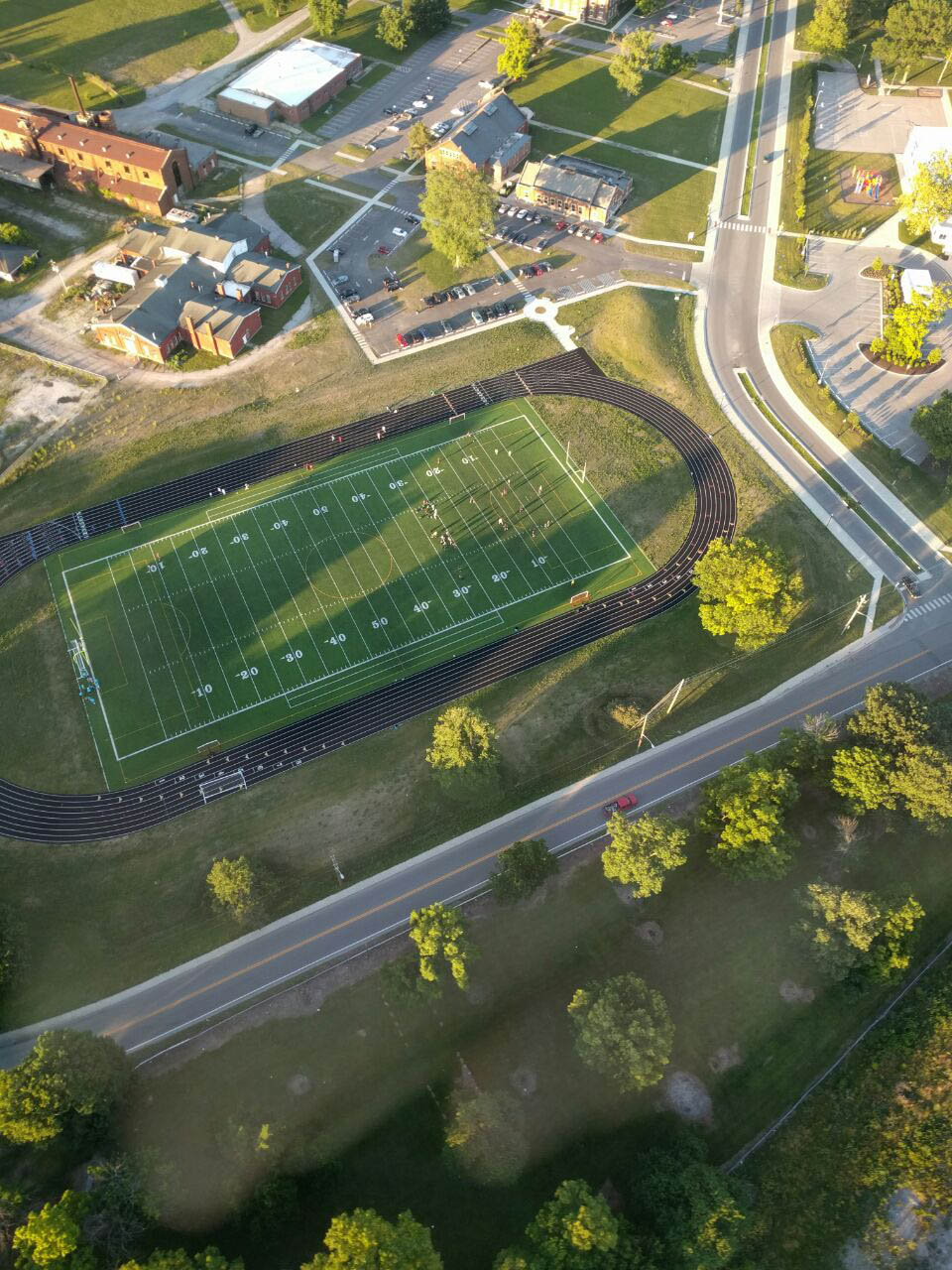We recently re-discovered this Guest Commentary written by Partner and Sr. Vice President of our Portage office, Tim Healy. The editorial was written in March of 2007 and seems as relevant today as it was then. If you agree, like this post. If you have another opinion, feel free to leave a comment below. Enjoy this blast from the past for “throw-back Thursday.”
An acquaintance of mine muttered something simple yet profound in passing the other day. “We need to live closer together,” he proclaimed.
I pondered this thought and how it relates to the latest trends in real estate development and smart urban planning. Today’s hottest development trend is thoughtful, mixed-use developments (MXD’s). MXD’s aren’t really new. Rather, they are a return to some of the earliest urban planning prior to the industrial revolution. Early city planning evolved the way it did because it was practical and governed by common sense. Most people walked for their transportation and many made a living working from their home. Think of storefronts at the street level with living quarters upstairs. Therefore, density was desirable and urban neighborhoods flourished.
Then along came the industrial revolution and the advent of separate zoning districts borne largely from the need to separate dirty industry from housing and commercial areas. As we zipped through the industrial revolution and post-World War II economic prosperity, automobiles and better roadway systems encouraged suburban living and planners continued to segregate developments through zoning ordinances. The result was the much-maligned suburban sprawl and resulting urban decay.
In this post-industrial era, heavy industry and manufacturing concerns are dwindling. The worldwide market demands cost efficiency and competitiveness. Pair these market forces with rising gasoline and energy costs, unbearable commutes and expensive roadway projects, one can quickly conclude that we do, indeed, need to live closer together.
MXD’s promote density, which promotes efficiency. City services are supplied at a lower per capita cost. Land use is maximized. There are fewer roads to police, plow and maintain. Mass transit can be more affordably provided. Auto dependency and air pollution is reduced.
Mixed-use developments seek to replicate early cities by combining work, play, shopping, and home life in close proximity. People walk more and talk more. The result is a vibrant community where businesses and individuals alike want to locate. A sense of community is re-established. Civic pride reemerges. Quality of life improves with drastically reduced commutes. In the best of communities, all socioeconomic levels are represented and ideas are freely exchanged. People are out and about more, walking or biking to dinner. Kids can walk to school again and play in public spaces. You actually know your neighbor instead of waving from your car. Shared green spaces and common areas promote interaction. Televisions are watched less.
As a society, we cannot compete in the global marketplace by continuing our suburban sprawl. We must recapture and revitalize our urban centers and take advantage of existing infrastructure. We must live in denser communities, occupy smaller dwellings and reduce our auto dependency. Communities that support this type of thoughtful development will be the winners in today’s new economy.

